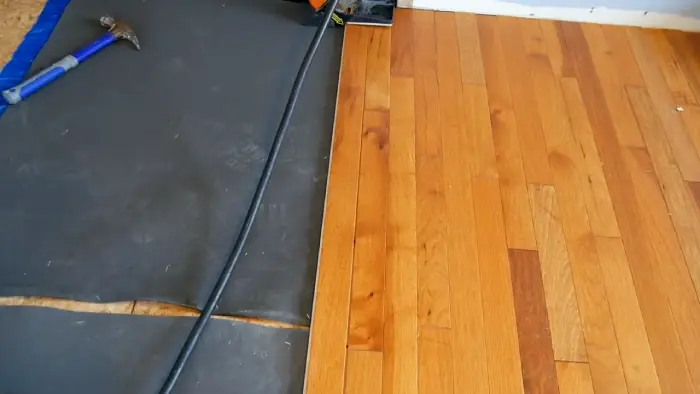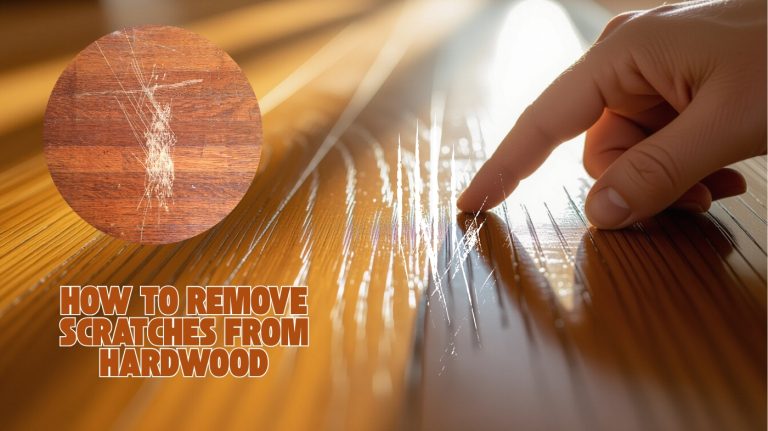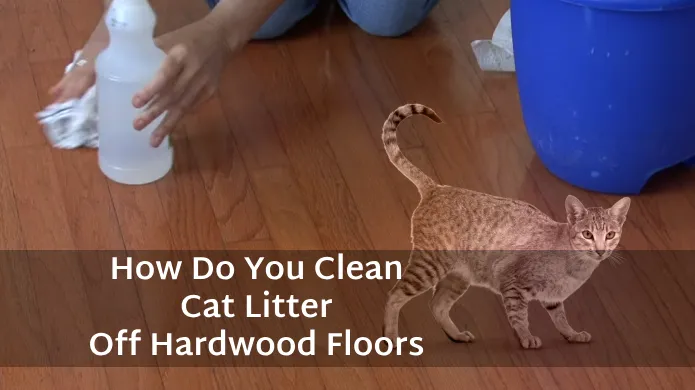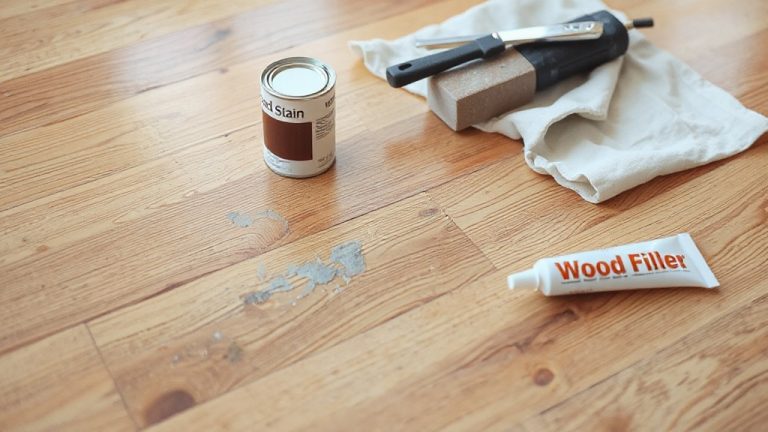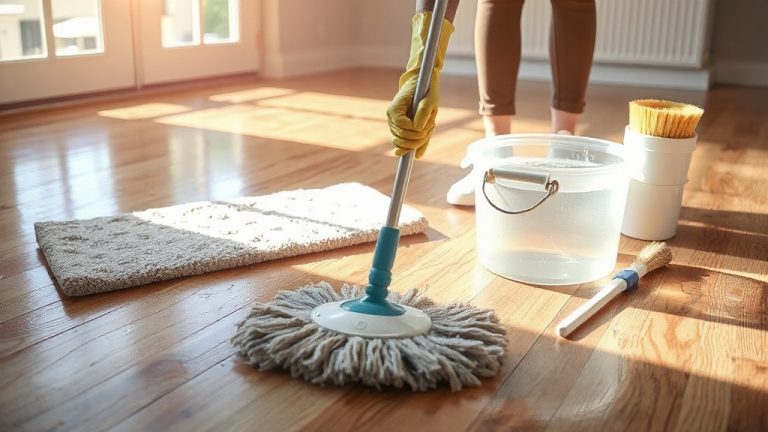How Long Does Engineered Hardwood Last: 8 Factors to Consider
Are you considering installing engineered hardwood floors in your home or office but unsure of how long they will last? The answer is complex, as various factors can impact the longevity of engineered wood floors.
The lifespan of engineered hardwood largely depends on its thickness, with thin variants typically lasting around 20 to 30 years. While thicker options can endure for an impressive 40 to 80 years.
But, with proper care and maintenance, engineered hardwood floors can last for many decades and retain their beauty and durability.
Here we’ll discuss some tips and tricks to help extend the lifespan of your engineered hardwood flooring so you can enjoy it for many years.
Factors That Determine How Long Engineered Wood Floors Last

If you’re wondering how long your engineered wood floors will last, you’ll want to consider several key factors. The following variables all affect the longevity of your engineered wood floor:
- No 01: Quality of Construction
- No 02: Thickness and Layers
- No 03: Hardwood Species
- No 04: Finish Type
- No 05: Maintenance and Care
- No 06: Environmental Factors
- No 07: Installation Quality
- No 08: Use and Foot Traffic
No 01: Quality of Construction
You’ll be pleased to know that high-quality engineered wood flooring can last up to 30 years due to its precision construction. The layers of high-grade materials are securely bonded together, forming a strong core that can withstand heavy foot traffic and other wear and tear.
The quality of the construction also affects the floor’s appearance, with high-quality floors having a smoother and more uniform finish.
No 02: Thickness and Layers
Depending on the wear layer thickness and the number of layers in an engineered wood floor directly impact its lifespan and durability.
Thicker wear layers can be sanded and refinished multiple times, allowing the floor to be rejuvenated and extending its lifespan. This means you can enjoy the beauty of your engineered wood floors for years without worrying about wear and tear.
In addition to the wear layer, the engineered wood floor’s layering contributes to the overall stability and durability of the flooring. The multiple layers of our high-quality engineered wood floors provide added strength and resistance to impacts, moisture, and changes in temperature and humidity.
This means the floor is less likely to warp or buckle, reducing the need for costly repairs or replacement. With the added thickness and multiple layers of our engineered wood floors, you can be confident that your flooring investment will last for years.
No 03: Hardwood Species
With its dense and durable composition, the wear layer of our oak or maple-engineered wood floors can withstand heavy foot traffic and daily wear and tear. These hardwood species are among the hardest and most resilient, ideal for high-traffic areas and homes with pets or children.
Oak and maple floors also have a distinct natural beauty, with their unique grains and patterns adding a touch of elegance to any room. In addition to their durability, they are also easy to maintain. Regular sweeping and vacuuming, along with occasional deep cleaning, can help keep them looking like new for a long time.
No 04: Finish Type
When choosing a finish type for your oak or maple floors, it’s important to consider both the appearance and durability of the finish. The finish applied to the wear layer of engineered hardwood floors acts as a protective layer against wear, stains, and moisture, contributing to the floor’s longevity.
Pre-finished engineered hardwood floors tend to have more durable and consistent finishes since they are finished in a controlled factory environment.
There are several types of finishes available for engineered hardwood floors, each with its own advantages and disadvantages. The table below provides a brief overview of the most common types of finishes used in the industry:
| Finish Type | Advantages | Disadvantages |
| Water-based | Low odor; dries quickly; environmentally friendly | It may not be as durable as oil-based finishes |
| Oil-based | Provides a deep, rich color; durable | Longer drying time; strong odor; not environmentally friendly |
| UV-cured | Durable; dries quickly | Requires special equipment; limited color options |
| Aluminum oxide | Extremely durable; scratch-resistant | It may affect the appearance of the wood; difficult to repair |
No 05: Maintenance and Care
To ensure the longevity of your oak or maple floors, you must regularly maintain and care for them. This includes sweeping, vacuuming, and damp mopping to prevent dirt and debris buildup. By keeping your floors clean, you can prevent scratches and other damage that can shorten their lifespan.
Additionally, it’s important to address spills and avoid excessive moisture exposure promptly. Moisture can cause engineered wood to turn black, warping, and other moisture-related issues that can significantly damage your floors. To prevent this, wipe up spills immediately and avoid exposing your floors to excessive moisture.
No 06: Environmental Factors
Maintaining a stable indoor environment is crucial for the longevity of your engineered wood floor. Fluctuations in temperature and humidity levels can cause issues such as buckling and gaps. Before installation, it’s important to acclimate the flooring to the environment where it will be installed.
Before installing the flooring, you should store it for at least 48 hours. This allows the flooring to adjust to the temperature and humidity levels of the room, reducing the risk of expansion or contraction after installation.
Once the flooring is installed, it’s important to maintain a stable indoor environment. This means keeping the temperature and humidity levels consistent. Sudden changes can cause issues with the flooring.
Depending on the climate and time of year, a humidifier or dehumidifier might be necessary. Avoid exposing the flooring to direct sunlight, as this can cause fading and damage over time.
No 07: Installation Quality
For a flooring installation that’ll stand the test of time, you’ll want to ensure the professionals you hire follow industry best practices and dot every I and cross every t, leaving no stone unturned.
Improper installation makes engineered hardwood floors less durable, so hiring experienced professionals is important.
One of the most critical aspects of installation quality is acclimatization. To prepare engineered wood floors for installation, you should acclimate them to the temperature and humidity of the room before installing them. This process ensures that the floorboards will adjust to the room’s conditions, preventing warping or buckling over time.
Additionally, using suitable underlayment that is compatible with the flooring is essential for creating a solid foundation. Proper installation techniques, such as ensuring that the floorboards are spaced appropriately and that the subfloor is level, are also crucial for maximizing the lifespan of engineered hardwood floors.
No 08: Use and Foot Traffic
High foot traffic and heavy usage can significantly impact the lifespan of engineered wood floors.
Despite being designed to withstand high traffic, the constant wear and tear on the surface can accelerate damage and reduce the durability of the flooring. This is particularly true in commercial spaces or homes with large families and pets.
The constant movement of people and furniture can cause scratches, dents, and other damage that can lead to costly repairs or replacements. To extend the life of your engineered wood floors, it’s essential to take proactive steps to minimize wear and tear.
Placing rugs or mats in high-traffic areas is one way to protect the surface from scratches and scuffs. These rugs or mats provide a barrier between the floor and the soles of shoes, reducing the impact of foot traffic. Additionally, using protective pads under furniture legs can prevent scratches and dents caused by moving furniture.
Are engineered floors better than hardwood?

In many cases, engineered floors provide a more practical solution for homes subject to high levels of moisture or humidity. This is because engineered wood comprises a layer of real wood on top of a base of high-quality plywood.
The plywood layer provides added stability and resistance to moisture, which can help prevent warping and damage to the flooring. Compared to traditional hardwood floors, engineered flooring is also more versatile in terms of installation options.
It can be installed using a variety of methods, including floating, glue-down, or nail-down, which makes it easier to adapt to different types of subfloors. Additionally, engineered wood flooring comes in various styles, colors, and finishes, making it easy to find a look that matches your aesthetic preferences.
Is engineered wood waterproof?
Engineered wood is not inherently waterproof. While it offers some moisture resistance compared to solid hardwood, it is still susceptible to water damage if exposed to excessive moisture or prolonged water contact.
When exposed to moisture, engineered wood can swell or warp because of a top layer of real wood veneer bonded to several layers of plywood.
To protect engineered wood from water damage, it is essential to promptly clean up any spills or moisture and avoid installing it in areas prone to high humidity or standing water.
It’s worth noting that some manufacturers offer engineered wood with enhanced water resistance or waterproof coatings, but those products may still have limitations and need proper maintenance to stay water-resistant.
The Key to Long-Lasting Engineered Wood Floors
It’s crucial to bear in mind that factors such as quality material selection and proper upkeep play a central role in the longevity of engineered wood floors. Though there are no guarantees, it’s possible to extend the lifespan of your floors through maintenance.
However, remember that each floor is unique and requires a tailored approach. It’s important to consider your needs and budget when choosing between hardwood’s natural beauty and laminate’s affordability. Remember that taking preventive measures is always better than facing costly repairs or replacements in the future.
Whether you opt for a DIY approach or hire professionals, prioritize proper upkeep to ensure your floors look their best and retain their value over the years. With a little effort, you can enjoy stunning, long-lasting floors.

